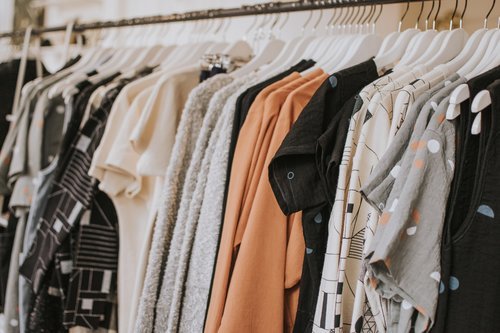How Much Does It Cost to Start a Fashion Brand (And What’s Worth Paying For)?
Launching a new apparel collection whether it’s your first or your fifteenth requires more than just creative vision. It’s about making smart, strategic investments that set your brand up for long-term success. The truth is, you can launch on a range of budgets, but knowing where to spend (and where to save) will determine not only how your product looks and feels, but how profitable you’ll be.
At AJG Fashion Consulting, we’ve guided brands through launches from a single capsule to multi-category collections. Here’s how we help founders plan for costs and the expenses worth prioritizing.
The Big Picture: Your Launch Budget
Your launch budget should account for development, production, marketing, and operational expenses and leave room for the unexpected. A realistic range can be anywhere from $15,000–$50,000+ depending on category, quantity, and complexity.
A simplified cost breakdown for a small-to-mid launch:
Product Development: $2,000–$8,000
(tech packs, pattern making, prototypes, fittings)Sampling: $500–$3,000
(multiple rounds to perfect fit and construction)Materials & Trims: $2,000–$10,000
(varies by fabric type, order minimums, and sourcing)Production: $5,000–$20,000+
(based on units, category, and factory location)Branding & Packaging: $1,000–$5,000
(labels, tags, custom packaging, inserts)Marketing: $2,000–$10,000
(photoshoots, content creation, digital ads, PR)Operations: $1,000–$3,000
(website, inventory management, shipping supplies)
Margin Planning: The Profit Roadmap Approach
From the Profit Roadmap chapter of our Fashion Entrepreneur’s Toolkit, here’s the golden rule:
Plan your retail price before you start spending.
Work backwards using a standard margin formula:
Determine Target Retail Price: Based on your market positioning.
Apply Your Wholesale Margin: Most brands aim for 50–60% gross margin wholesale, which doubles again at retail.
Set Your Target COGS (Cost of Goods Sold): This is your ceiling for development, materials, and production per unit.
Example:
If your retail price is $120, wholesale is roughly $60.
If you want a 60% margin at wholesale, your target COGS is $24.
That $24 has to cover all product costs—fabric, trims, labor, finishing, packaging.
What’s Worth Paying For
1. Quality Product Development
Your tech packs, patterns, and samples aren’t the place to cut corners. A clean, accurate blueprint saves thousands in production errors and delays.
Learn more in our blog: What Is a Tech Pack and Why You Need One Before You Sample
2. High-Impact Marketing Assets
Professional photography, branding, and clear messaging build trust instantly. This is what gets customers to click “buy.”
3. Reliable Production Partners
Working with factories that meet your quality, compliance, and delivery needs is worth the higher upfront cost. Missed deadlines or inconsistent quality can cost more to fix than you save.
Where You Can Be Strategic
Fabric Choices: Starting with in-stock materials reduces MOQs and upfront spend.
Assortment Size: Launch with a tight edit instead of a full collection you can always expand once sales prove demand.
Marketing Mix: Focus on organic channels before heavy ad spend.
Planning for Growth
Whether this is your debut collection or a seasonal drop, think beyond launch. Your margins should support reinvesting in future production, building inventory, and scaling your marketing. And remember launching is just the beginning.
If you want support creating a budget that works for your goals, we can help you map out every step from development costs to margin targets so you launch with confidence and clarity.
Contact AJG Fashion Consulting to get started.


